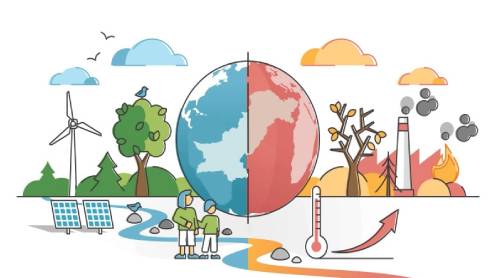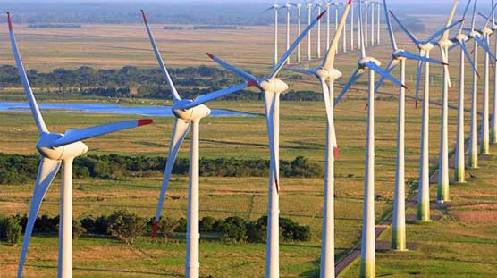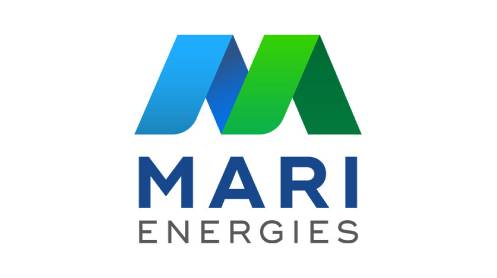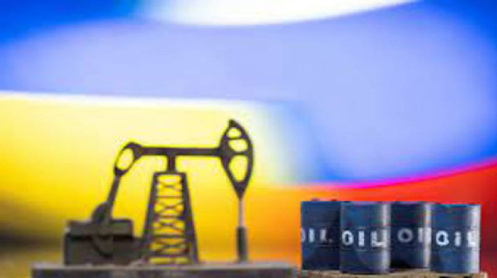ISLAMABAD: The 29th UN Climate Change Conference (COP29) in Baku, Azerbaijan, brought together 200 countries to address the critical issues of climate finance and adaptation challenges. Central to the discussions were the New Collective Quantified Goal (NCQG) and Article 6, both offering transformative potential for achieving global climate and development objectives.
Building on the 2009 commitment of mobilizing $100 billion annually—a goal only met in 2022—the NCQG aims to unlock climate financing at a scale necessary to support vulnerable nations. Reports suggest that developed countries anticipate a trillion-dollar target to address the pressing needs of developing economies. However, progress is hampered by debates among nations, with the US and EU conditioning their contributions on commitments from countries like China and South Korea.
The Role of Article 6 in Carbon Markets
Article 6, another focus of COP29, revolves around establishing guidelines for carbon markets, enabling countries to trade emission reductions. Although it faced roadblocks in previous climate talks, its successful implementation could provide significant adaptation benefits while facilitating emissions mitigation. Carbon market projects present an opportunity to diversify and amplify financial flows, circumventing the debt traps associated with traditional funding.
Pakistan’s Climate Finance Strategy
As one of the countries most affected by climate change, Pakistan has faced catastrophic consequences, including the 2022 floods that inflicted $30 billion in damages. The country requires $348 billion from 2023 to 2030 to meet its climate and development goals—a sum representing 10.7% of its projected GDP. With mounting fiscal challenges, Pakistan has turned to carbon markets as a sustainable financing avenue.
The success of the Delta-Blue Carbon project in Sindh, Pakistan’s first carbon market initiative, highlights the potential of these mechanisms in fostering environmental regeneration and socio-economic development. The project has paved the way for further initiatives in energy, agriculture, and transport sectors.
“Pakistan holds immense potential for Article 6 action,” said Axel Michaelowa, Senior Founding Partner at Perspective. “A transparent and effective framework will be key to attracting international buyers.”
Opportunities in Carbon Markets
Pakistan’s waste management crisis, rapid urbanization, and air pollution provide opportunities for adopting sustainable practices. Projects such as waste-to-energy (WtE) technologies and low-emission urban systems can drive emissions reductions while improving urban resilience. Moreover, nature-based solutions (NbS), including conservation and afforestation, could generate up to 20 million green jobs, enhance disaster risk resilience, and mitigate deforestation—currently at the second-highest rate in Asia.
With plans to launch its “Policy Guideline for Trading in Carbon Markets,” Pakistan is poised to lead Article 6 implementation in South Asia. Clear regulatory frameworks will ensure alignment with national goals and attract private-sector investment, as emphasized by Hugh Salway, Senior Director of Gold Standard.
Carbon markets, bolstered by Article 6, offer a lifeline to developing nations, helping bridge financial gaps while fostering sustainable and inclusive development. For Pakistan, these initiatives represent a transformative pathway to resilience and climate action.





